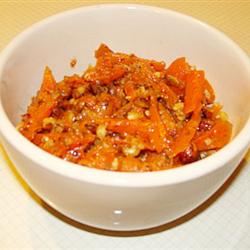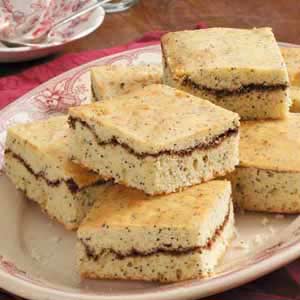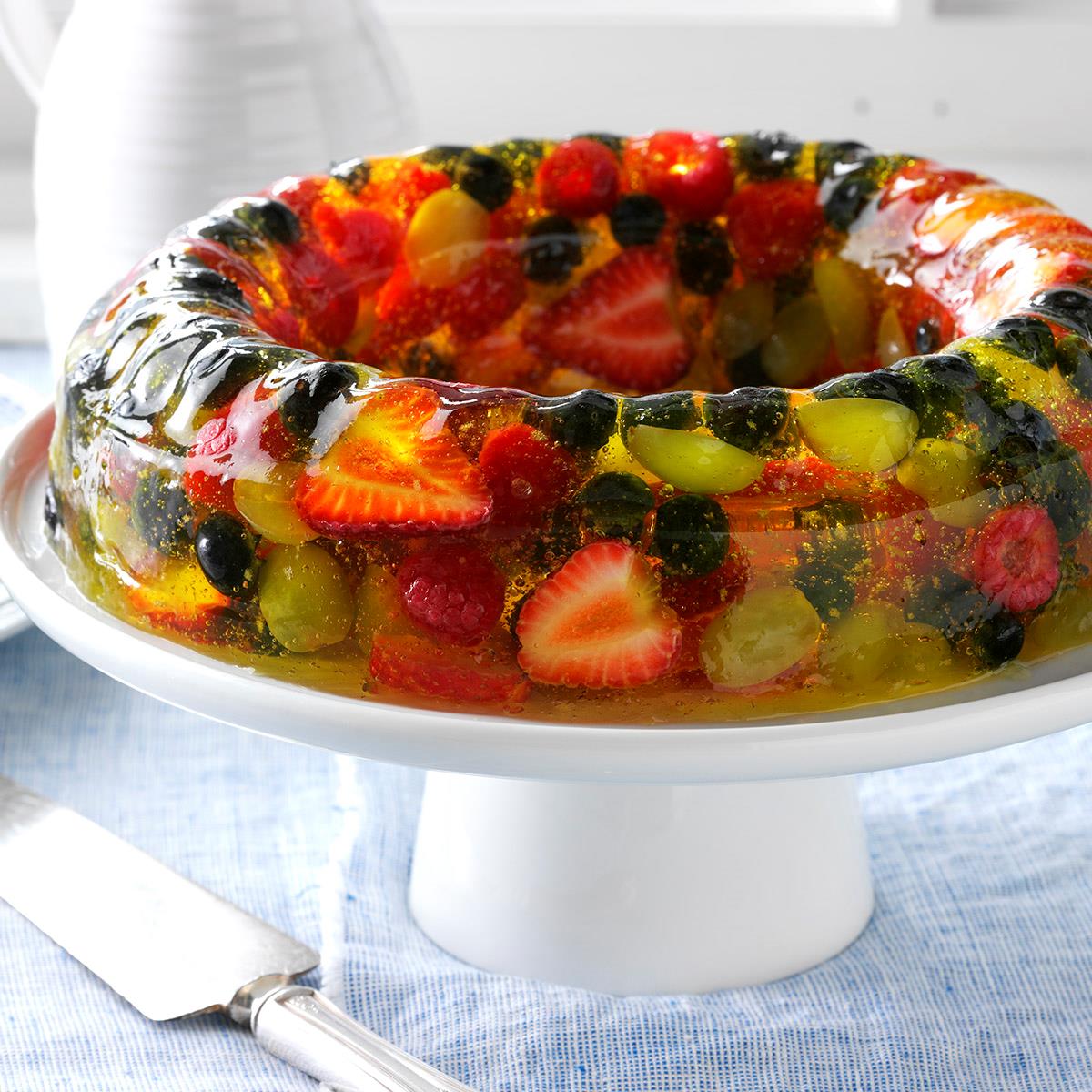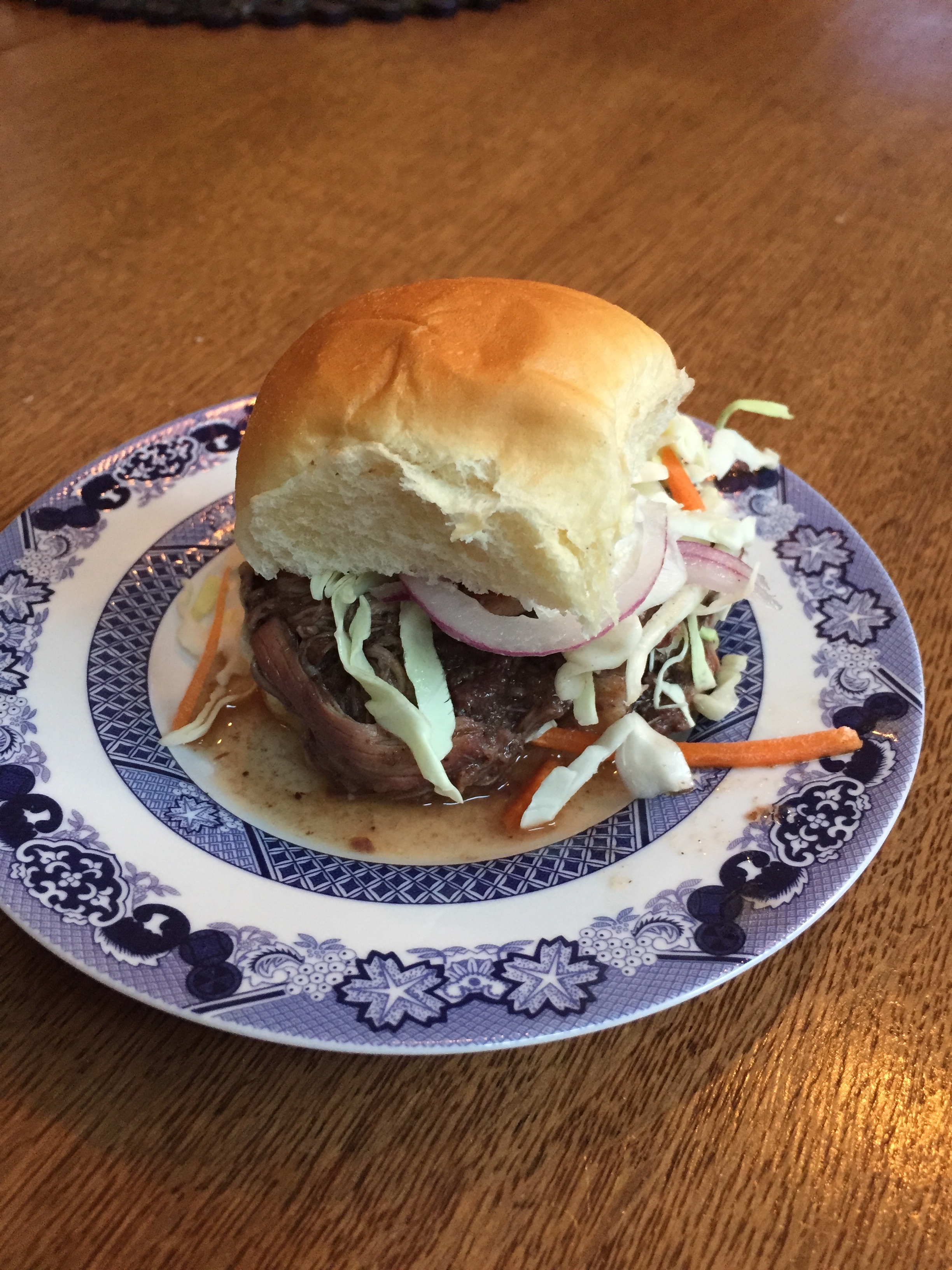**Gravlax Salmon: A Nordic Delicacy with Diverse Culinary Expressions**
Gravlax salmon, a Nordic delicacy with a rich history, is a culinary masterpiece that tantalizes taste buds with its unique flavor profile. Originating in Scandinavia, this dish has gained global recognition for its distinct curing process, which involves a harmonious blend of salt, sugar, and dill. The result is a salmon that boasts a delicate texture, a vibrant pink hue, and a flavor that dances between sweet, salty, and savory notes. This article presents a comprehensive guide to crafting this delectable dish, offering three distinct recipes that cater to diverse culinary preferences. Embark on a culinary journey as we explore the art of gravlax salmon, unraveling the secrets behind its curing process and discovering the versatility of this Nordic treasure.
**Recipes Included:**
1. **Classic Gravlax Salmon:** Experience the traditional gravlax recipe, a harmonious balance of salt, sugar, and dill, resulting in a subtly flavored salmon that embodies the essence of this Nordic delicacy.
2. **Honey-Cured Gravlax Salmon:** Infuse gravlax with a touch of sweetness using honey as a curing agent. This recipe introduces a delightful contrast between the sweet glaze and the savory salmon, creating a taste sensation that lingers on the palate.
3. **Citrus-Infused Gravlax Salmon:** Elevate the gravlax experience with a burst of citrusy freshness. This recipe incorporates lemon and orange zest, along with a hint of peppercorns, resulting in a vibrant and aromatic gravlax that tantalizes the senses.
SIMPLE, HOMEMADE SALMON GRAVLAX
Steps:
- Gather the ingredients.
- Rinse the salmon fillets and pat them dry thoroughly.
- Use tweezers or pliers to pull out any pin bones, if necessary.
- Drizzle the aquavit or vodka evenly over the flesh of each fillet.
- In a small bowl, combine the salt, sugar, and pepper.
- Divide the mixture into 3 even piles within the bowl.
- Divide one of the thirds of curing mix in half and place on a rimmed baking sheet or baking pan in the shape of one of the fillets.
- Lay a fillet skin-side down on the mixture. Spread a third of the curing mixture on the flesh of that fillet.
- Spread the remaining third of the curing mixture on the flesh side of the other fillet. Sprinkle the dill, if using, over both fillets.
- Lay the second fillet flesh to flesh on the first fillet. Sprinkle the remaining curing mixture over the skin of the top fillet.
- Cover the fillets and baking sheet or pan with foil or plastic wrap. Place a cutting board or second baking sheet on top of the covered fish and top it with something heavy (cans, pots, or pans) to weigh the fish down. Place it all in the fridge and let chill for about 12 hours or overnight.
- Remove from the fridge, unwrap, and discard the accumulated liquid in the pan. Turn over the fillets so the bottom one is on top.
- Cover the pan, weigh down the fish again, and return to the refrigerator. Let chill another 12 hours.
- The fish is now cured and ready to serve, but it will continue to benefit from another 12 to 24 hours of being weighed down and chilled, so feel free to repeat these steps a second time around.
- When ready to eat, pat dry, and thinly slice the gravlax against the grain using a very sharp knife.
- Serve and enjoy.
Nutrition Facts : Calories 250 kcal, Carbohydrate 3 g, Cholesterol 71 mg, Fiber 0 g, Protein 25 g, SaturatedFat 3 g, Sodium 1625 mg, Sugar 3 g, Fat 14 g, ServingSize 1 to 2 pounds (24 servings), UnsaturatedFat 0 g
GRAVLAX

I think of making my own gravlax - the Nordic sugar-salt cured salmon - as the gentle, blue-square cooking analog of an intermediate ski trail: It's mostly easy, but requires some experience. While butchering a whole salmon and cold smoking what you've butchered are also exhilarating milestones in the life of an advancing home cook (both a little farther up the mountain and a little steeper on the run down), buying a nice fillet and burying it in salt, sugar and a carpet of chopped fresh dill for a few days is a great confidence-building day on the slopes, so to speak. The cured gravlax will last a solid five days once sliced, in the refrigerator. If a whole side of salmon is more than you need at once, the rest freezes very satisfactorily.
Provided by Gabrielle Hamilton
Categories brunch, dinner, lunch, seafood, main course
Time P5DT30m
Yield 10 to 12 servings (about 3 pounds)
Number Of Ingredients 10
Steps:
- Cure the salmon: Lay salmon skin-side down, flesh-side up in a glass or stainless-steel baking dish. (A large lasagna dish works well.) In a small bowl, toss together the salt, sugar and pepper until blended. Sprinkle the mixture over the salmon evenly, with abandon, until fully covered, as if under a blanket of snow. Use all of it.
- Spread all the chopped dill on top of the cure-covered salmon to make a thick, grassy carpet.
- Lay plastic wrap or parchment paper over the salmon to cover and press down, then place a heavy weight - such as a 2-gallon zip-top bag filled with water - on top, to weigh heavily on the curing fish. Refrigerate just like this, without disturbing, for 5 days, turning the salmon over midway through the cure - on Day 3 - then covering and weighting it again.
- To serve, mix together the softened butter, dill, shallot and mustard until well blended.
- Remove salmon from the cure, which has now become liquid, brushing off the dill with a paper towel, then set fillet on a cutting board.
- With a long, thin, beveled slicing knife tilted toward the horizon, slice salmon thinly, stopping short of cutting through the skin. Generally, you begin slicing a few inches from the tail end and you slice in the direction of the tail, moving your knife back, slice by slice, toward the fatter, wider belly portion of the fillet. The last slices are always hard to get. Once you have shingled the fillet, run your knife between skin and flesh, releasing all the slices, then transfer them to parchment until ready to serve.
- Spread the compound butter on bread, then drape sliced gravlax on top, and eat as open-faced sandwiches.
GRAVADLAX
Cure your own salmon, Scandinavian-style, with dill, juniper, and lemon and serve with a mustard sauce
Provided by Barney Desmazery
Time P2D
Number Of Ingredients 12
Steps:
- Pat the salmon dry with kitchen paper and run your hands over the flesh to see if there are any stray small bones - if there are, use a pair of tweezers to pull them out. Set the salmon fillets aside.
- Tip the salt, sugar, peppercorns, lemon zest, juniper and dill into a food processor and blitz until you have a bright green, wet salt mixture or 'cure'. Unravel some cling film but keep it attached to the roll. Lay the first fillet of salmon skin-side down and then pack the cure over the flesh. Drizzle with gin, if using and top with the 2nd fillet, flesh-side down. Roll the sandwiched fillets tightly in cling film to create a package.
- Place the fish in a shallow baking dish or shallow-sided tray and lay another tray on top. Weigh the tray down with a couple of tins or bottles and place in the fridge for at least 48 hrs or up to 4 days, turning the fish over every 12 hours or so. The longer you leave it, the more cured it will become.
- To make the sauce, tip all the sauce ingredients into a blender. Blitz until you have a thickened dressing.
- To serve, unwrap the fish and brush off the marinade with kitchen paper. Rinse it if you like. You can slice the fish classically into long thin slices, leaving the skin behind, or remove the skin it and slice it straight down. Serve the sliced fish on a large platter or individual plates with pumpernickel bread, dill and mustard sauce.
Nutrition Facts : Calories 288 calories, Fat 15.9 grams fat, SaturatedFat 2.5 grams saturated fat, Carbohydrate 15.2 grams carbohydrates, Sugar 15.2 grams sugar, Fiber 0.1 grams fiber, Protein 20.8 grams protein, Sodium 4.3 milligram of sodium
Tips:
- Choose the freshest salmon you can find. Fresh salmon will have a bright pink color and a firm texture. Avoid fish that is dull in color or has a slimy texture.
- Use a sharp knife to slice the salmon. This will help you get clean, even slices.
- Don't over-cure the salmon. Curing the salmon for too long will make it too salty and dry. The curing time will vary depending on the thickness of the salmon, but it should generally be cured for 24 to 36 hours.
- Use a variety of herbs and spices to flavor the salmon. This will help you create a unique and delicious gravlax. Some popular herbs and spices to use include dill, fennel, juniper berries, and coriander.
- Serve the gravlax with a variety of accompaniments. This could include things like crackers, bread, bagels, or blinis. You could also serve it with a dollop of crème fraîche or a lemon wedge.
Conclusion:
Gravlax is a delicious and easy-to-make dish that is perfect for any occasion. It is a great way to enjoy fresh salmon and is sure to impress your friends and family. So next time you're looking for a new and exciting dish to try, give gravlax a try. You won't be disappointed!
Are you curently on diet or you just want to control your food's nutritions, ingredients? We will help you find recipes by cooking method, nutrition, ingredients...
Check it out »
You'll also love




/simple-homemade-gravlax-recipe-2216618_hero-01-592dadcba64743f98aa1f7a14f81d5b4.jpg)




